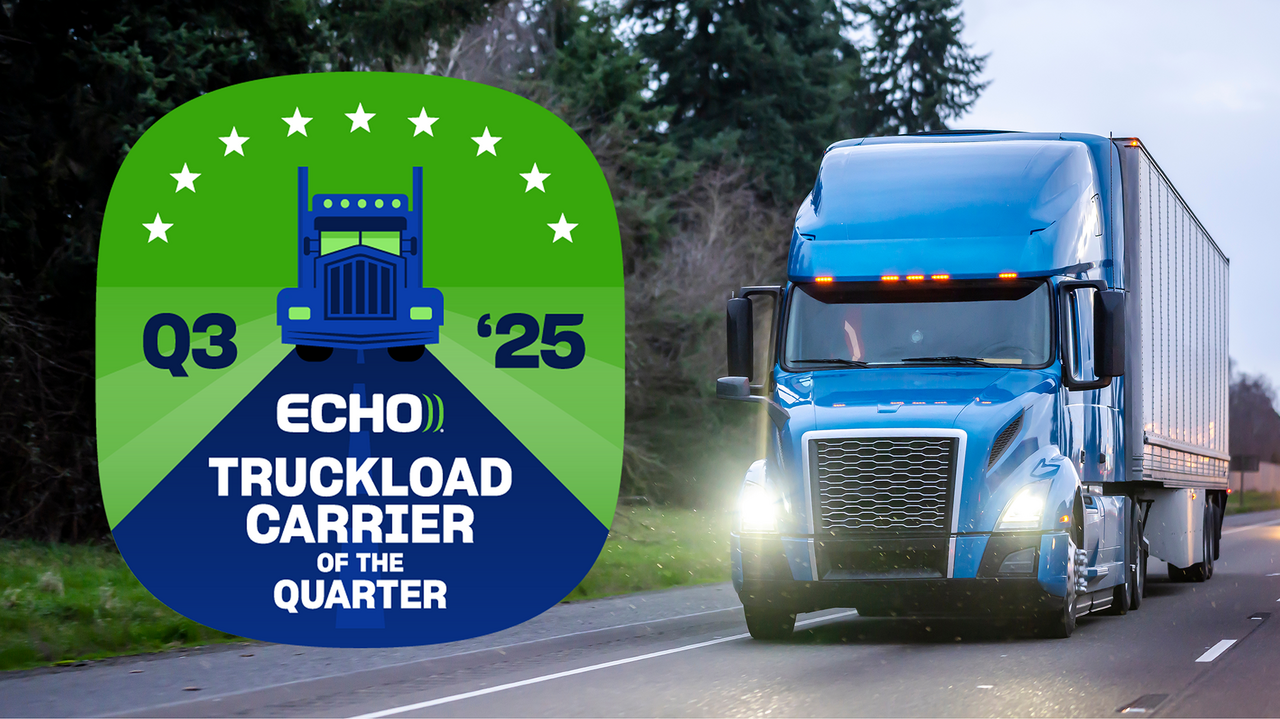Creating a request for proposal (RFP) that is ready for distribution can be a complicated process for shippers. Bid season generally occurs during the fourth quarter and wraps up early in the first quarter. As you write your Truckload RFP, it is important to remember that the data you provide about your company is just as important as the data you solicit from carriers.
To prepare for a successful outcome, shippers must be transparent about shipping requirements and clearly define expectations for the business relationship up front. What follows are tips for getting the most out of your Truckload RFP.
Define Your Metrics
The first and most important step in any RFP process is to establish the goals you wish to accomplish as a shipper when you enter into a proposed agreement. Providing the necessary details of what you identify as a quantifiable success is critical. Key performance indicators (KPIs) help businesses measure their progress. Examples of KPIs include:
- Cost: Setting cost-based metric goals in your Truckload RFP quickly establishes expectations in a potential relationship between a shipper and carrier. Goals focused on cost metrics should reference key factors like spend per lane, rate per mile, and cost per pound. Fuel is also a cost to include in the RFP as a separate line item. As a client, you can provide your fuel surcharge chart (FSC) on a different tab to help the carriers understand your needs better. This ensures all RFP responses are evaluated for the same relative to total cost.
- Performance: Performance-based metrics might not affect your wallet as greatly as other factors, but performance does contribute to your supply chain’s overall success. Goals such as on-time pickup and delivery percentage, tender acceptance, and bid adherence allow you to identify those performance KPIs a carrier will be expected to meet. Requesting a full analysis of a carrier’s KPIs will assist you in identifying those who are best equipped to ensure your success.
Whether you prioritize one or both of these metric categories, submitting a complete overview of how you plan to track and calculate KPIs will ultimately benefit both parties.
Collect and Provide Data
As you prepare your Truckload RFP, keep in mind that the more information you provide from the beginning, the better. The data you provide in your RFP will help you vet carriers and select the best partner. It’s helpful to provide a separate tab with all contact information including, site addresses, contact names, emails, phone numbers, hours of operations, and second shift contacts so the carriers know requirements, hours, and specific addresses while rating. The greater detail provided during an RFP process minimizes any hedging in the rate return and improves the accuracy of response.
As you begin to compile your information, try to keep these points in mind:
- Shipping lanes: Shippers that provide general state-to-state information open themselves up to the possibility of pricing for the worst-case scenario. A shipment from New York to Springfield, IL, results in different pricing than a shipment going from New York to Chicago. When possible, include all the necessary information: shipment origin and destination, city, state, and ZIP codes. If state-to-state shipping information is all you can provide, adding notes within the RFP about your heaviest shipping regions will lead to more accurate pricing.
- Volume: Carriers are interested in their bottom line, so naturally freight volume plays a big role in the lanes they select. Providing volume information gives carriers better visibility into high-density lanes. Carriers tend to focus on quoting larger-volume lanes as opposed to spending time quoting lanes that ship unpredictably only a few times a year. Seasonal volume needs to be considered as well, such as “back to school” or holidays. It’s best to layout the whole year to let the carrier know when the high volumes will be for your industry.
- Freight requirements: Potential carriers want to know what it will take up front to service your freight. What are the hours of operation at your facilities? What is your average load time? Do you have drop-trailer availability? Before the Electronic Logging Device (ELD) mandate was established, assumptions of drive time would range from 500 to 625 miles per day. In the age of ELDs, this assumption is no longer valid because shipments that could previously deliver in a single day now often take two days to deliver. Establishing expected facility load and unload times enables the carrier to anticipate operation costs and allows the bidder to quote the opportunity more accurately.
Manage Timelines
The less time you give a bidder the chance to analyze and quote an opportunity, the more you increase the probability of mistakes that can lead to future shipment issues and unforeseen costs. As you prepare your Truckload RFP, make sure you leave enough time between the response deadline and the date by which the first shipment needs to be executed. Adequate time gives both parties the opportunity to plan and put the right assets into place.
Trust in Echo
At Echo, we utilize our diverse network of more than 50,000 carriers to secure the best match for your complex transportation needs. Our industry expertise and reliable 24/7 support ensure those needs are met.
Contact an Echo representative today at 800-354-7993 or info@echo.com.
For informational purposes.



